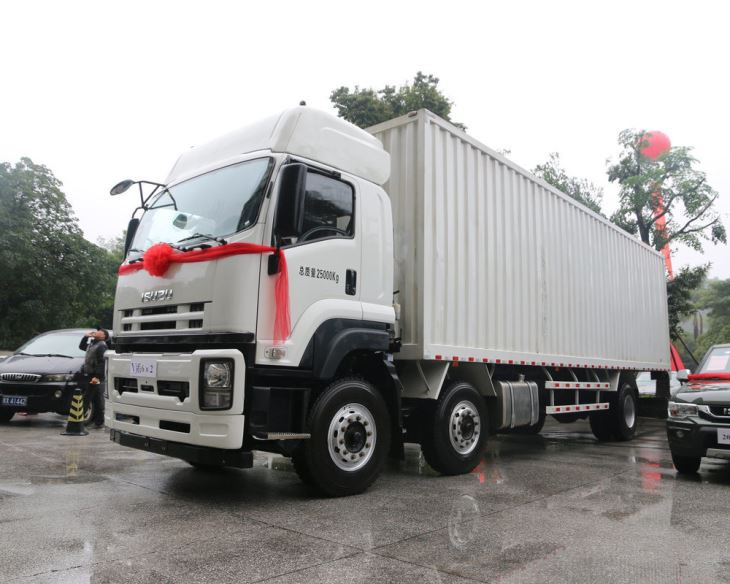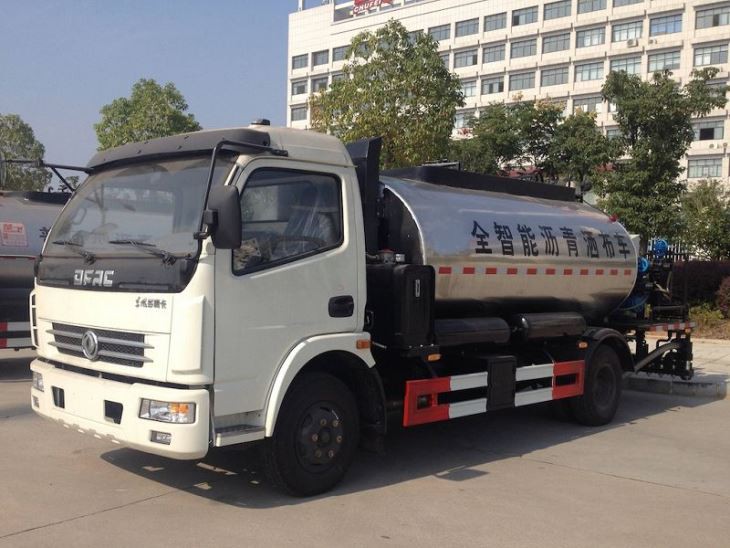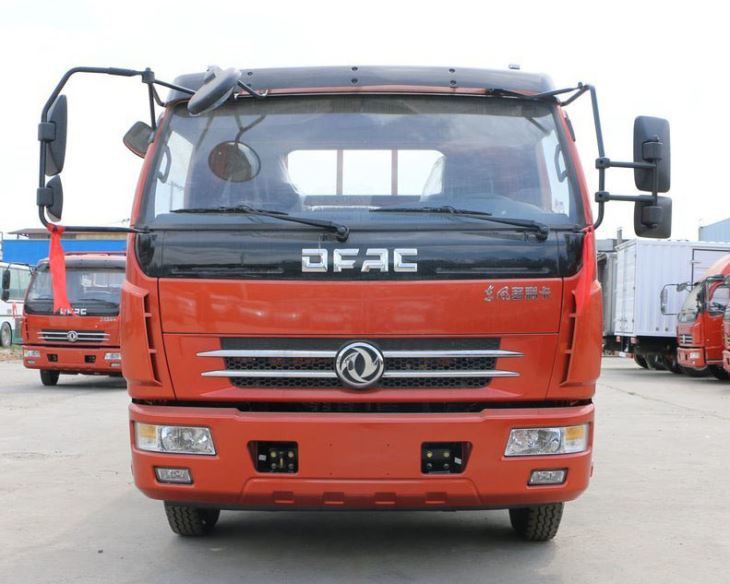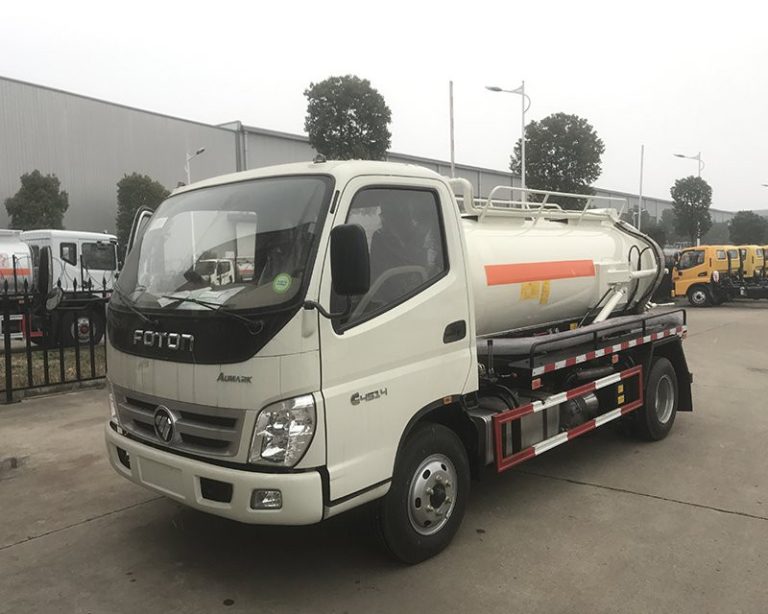Fire trucks, essential vehicles in firefighting and emergency response, come with unique features and specifications depending on the region they serve. In Japan, fire trucks are renowned for their advanced technology, compact designs, and specialized roles. This article delves into the intricate world of fire trucks in Japan, from their history and types to the innovations that set them apart. We’ll also cover practical tips for understanding and recognizing these vital vehicles.
1. The History of Fire Trucks in Japan
The evolution of fire trucks in Japan reflects the country’s rich history of disaster management and response. Firefighting as a formal occupation began to take shape during the Edo period (1603-1868), but modern fire trucks emerged during the 20th century.
1.1 Early Developments
The first fire engines introduced to Japan were steam-powered and imported from the West in the late 1800s. These vehicles marked a significant shift from traditional methods such as bucket brigades and hand-pumped hoses.
1.2 Post-War Innovations
Following World War II, Japan saw rapid advancements in automotive technology, resulting in more capable and efficient fire trucks. The 1960s and 1970s witnessed a standardization in the design and function of these trucks, improving response times and firefighting effectiveness.
2. Types of Fire Trucks in Japan
Japanese fire trucks come in various types, each designed for specific functions and environments. Understanding these classifications can give insight into how firefighting services operate in Japan.
2.1 Pumpers
Pumpers, or water tenders, are the most common fire trucks. They are equipped with large water tanks, hoses, and pumps. These vehicles are crucial for supplying water at the scene of a fire.
2.2 Aerial Trucks
Aerial trucks are designed for high-rise firefighting and come with extendable ladders. In Japan, these trucks must reach tall buildings due to the dense urban environments in cities like Tokyo and Osaka.
2.3 Rescue Vehicles
Rescue vehicles are specialized for emergency medical services and search and rescue operations. They are equipped with medical equipment, stretchers, and personnel trained for emergency care.
2.4 Chemical and Hazardous Material Trucks
These trucks are built to handle fires involving flammable liquid, chemicals, and other hazardous materials. They come equipped with special containment equipment and protective gear for firefighters.
3. Features That Set Japanese Fire Trucks Apart
Japanese fire trucks are known for their advanced technological features that enhance their effectiveness in emergencies.
3.1 Compact Design
Due to Japan’s high population density and narrow streets, many fire trucks are compact yet powerful. These designs allow for easy navigation in urban areas where large vehicles might struggle.
3.2 High-Tech Equipment
Japanese fire trucks often incorporate cutting-edge technology, including digital control systems and remote-operated equipment. This enhances firefighting capabilities and improves the safety of firefighters.
3.3 Eco-Friendly Practices
With a growing emphasis on sustainability, many Japanese fire departments are implementing eco-friendly technologies, such as hybrid or electric fire trucks, aiming to reduce their carbon footprint.
4. Fire Truck Maintenance and Training
Regular maintenance and training are paramount to ensuring the readiness and functionality of fire trucks in Japan.
4.1 Scheduled Maintenance Protocols
Fire trucks undergo regular inspections and maintenance, often following strict protocols set by the local fire department. This includes checking water pumps, hoses, engines, and electronic systems.
4.2 Continuous Training for Personnel
Firefighters participate in ongoing training programs to familiarize themselves with the latest fire truck technologies and handling procedures. This is critical for effective emergency response.
5. Notable Fire Truck Manufacturers in Japan
Several manufacturers specialize in producing fire trucks tailored for Japanese firefighting needs.
5.1 Isuzu
Isuzu is a leading manufacturer known for producing reliable fire trucks that combine safety with functional design. Their vehicles are widely used across Japan.
5.2 Hino
Hino trucks are recognized for their durability and versatility. They offer various models that cater to different firefighting applications, from pumpers to aerial vehicles.
6. The Role of Fire Trucks in Disaster Management
Japan frequently faces natural disasters, including earthquakes and typhoons, making fire trucks pivotal in disaster response and management.
6.1 Rapid Response to Earthquake Emergencies
Japanese fire brigades are trained for quick deployment in the aftermath of earthquakes. Fire trucks provide crucial support for rescue operations and firefighting where infrastructure may be damaged.
6.2 Supporting Community Recovery
Beyond immediate responses, fire departments use fire trucks in community recovery efforts by providing medical assistance and support in disaster-stricken areas.
7. Cultural Impact of Fire Trucks in Japan
The presence of fire trucks extends beyond functionality; they are symbols of safety and community in Japanese culture.
7.1 Public Awareness and Safety Campaigns
Fire departments conduct public education campaigns using fire trucks to promote fire safety practices and preparedness, fostering community spirit and resilience.
7.2 Participation in Festivals and Events
In many regions, fire trucks participate in local festivals and parades, highlighting their importance and strengthening community ties.
8. Practical Tips for Recognizing Japanese Fire Trucks
Being able to identify different types of fire trucks can help residents and visitors in Japan understand their local firefighting resources better.
8.1 Familiarize Yourself with the Colors
While many fire trucks are red, some may use different color schemes to signify their specific functions, such as yellow for rescue units.
8.2 Look for Design Features
Note any unique features such as ladders, tank size, and markings that can help you distinguish between different fire truck types.
9. Frequently Asked Questions (FAQs)
9.1 What is the primary role of fire trucks in Japan?
The primary role of fire trucks in Japan is to respond to fires, provide emergency medical services, and assist in disaster response efforts.
9.2 How do Japanese fire trucks differ from those in other countries?
Japanese fire trucks are often more compact and feature advanced technology, designed specifically for navigating narrow urban streets and high-rise buildings.
9.3 Are there unique fire trucks for certain types of emergencies in Japan?
Yes, Japan has specialized fire trucks for various emergencies, including aerial ladder trucks for high-rises and hazardous materials trucks for chemical spills.
9.4 How frequently are fire trucks in Japan maintained?
Maintenance schedules vary by department, but regular inspections and maintenance usually occur every few months to ensure operational readiness.
9.5 What should you do if you see a fire truck en route?
If you see a fire truck on its way to an emergency, always pull over to give it room to pass, and remain cautious of any potential hazards.
9.6 Can civilians interact with fire trucks during community events?
Yes, many fire departments hold open houses and events where the community can interact with firefighters and their trucks, promoting public safety awareness.



